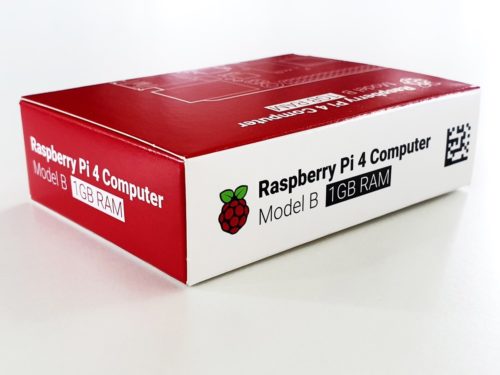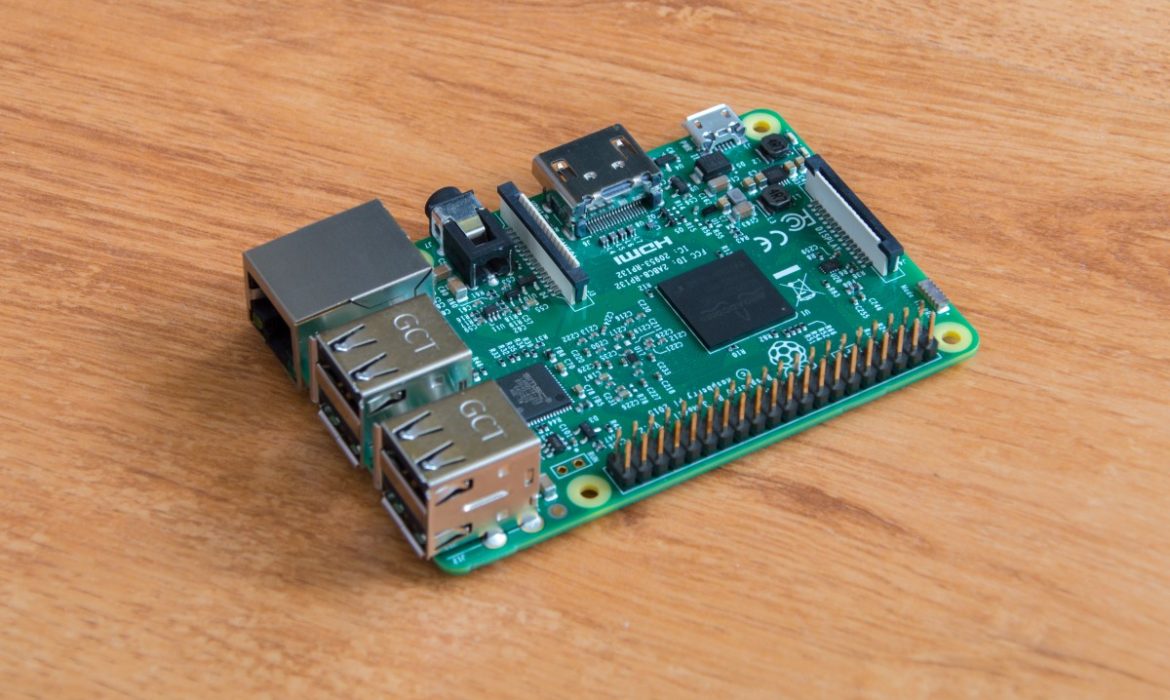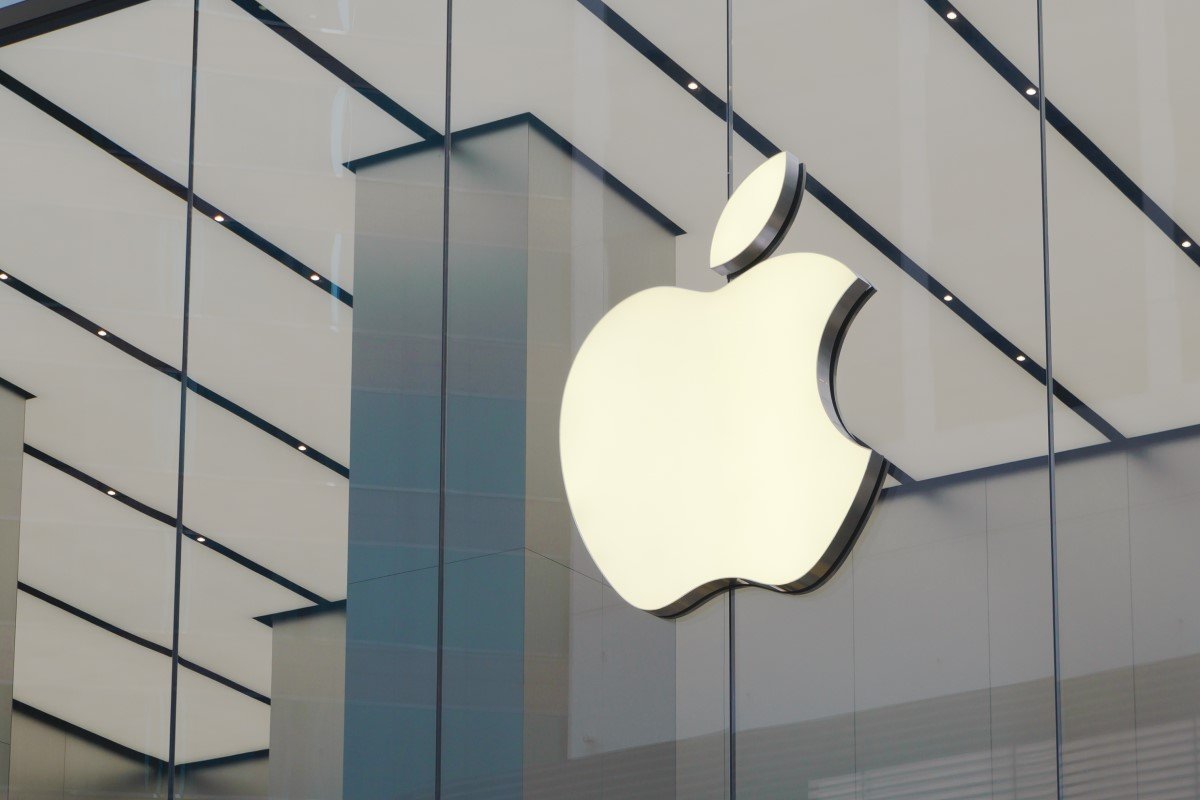The Orange Pi 4B will cost more than a Raspberry Pi 4. But the former offers more advantages than the latter. The new stable software has a reasonable price for the specification. It includes a high-performance NPU co-processor and PCI Express lane broken out for external hardware. It is against the unstable software, limited USB ports, and restricted PCI express hardware support.

These days there is a lot of buzz around machine intelligence and deep learning. Almost every processor manufacturer claims that it has the answer for the acceleration of the computationally heavy workloads of building your artificial intelligence. Inspired by the human brain, intel is working on neuromorphic computing. It is working with a recently scaled Loihi research processor. Meanwhile, Nvidia has products like the Jetson Nano, which leverage its graphics processing technology as a general-purpose accelerator. Google has its in-house Tensor Processing Units (TPUs), launched for the enthusiast market in March last year and due to a refresh early this year.
Those big names are not standing alone in the market. From a smaller title, there is a range of products. It includes the Seeed Studio Grove AI HAT, which claims to bring artificial intelligence acceleration to the masses at as low cost as possible. The Shezhen Xunlong Software Co. Orange Pi 4B aims to boast specifications to rival the Raspberry Pi 4 Model B alongside a neural-networking co-processor.
Orange Pi
Xunlong’s Orange Pi range took its inspiration from the success of the Raspberry Pi family of the single-board computers, as the name implies. The Orange Pi 3 and other previous models have targeted the lower end of the market; the Orange Pi 4B, roughly saying is a noticeable outlier.
At first glance, you might think that the Orange Pi 4B design is a cost-reduced alternative to the Orange Pi 3. It’s predecessor’s reduced four USB 3.0 ports to two USB 2.0 ports and a single USB 3.0 Type-C port with OTG support. It is very close to the single full-size HDMI output. It means that you will be unable to use the Type-C port if your HDMI cable uses anything other than the slimmest possible connector housing. At first glance, you might think that the Orange Pi 3’s mini-PCI Express connector is gone. Nevertheless, it is relegated to a ribbon connector at the top-right of the board. It requires an optional PCIe breakout board if you want to use it for external hardware.
The Orange Pi model is supplied as a printed circuit board. Nevertheless, the Orange Pi 4 non-B is based on the same core hardware. Opting for the $49, Non-B version has two full-size USB 3.0 ports and an additional USB 2.0 host port. Also, you have an option for leaving the 16GB eMMC on-board flash storage chip off the bill of materials. It is to reduce its cost still further. Nevertheless, there is a significant loss in choosing the non-B model: the smart Gyrfalcon NPU accelerator, which is only available on the Orange Pi 4B.
That is the brief review of the Pi 4B model.
















